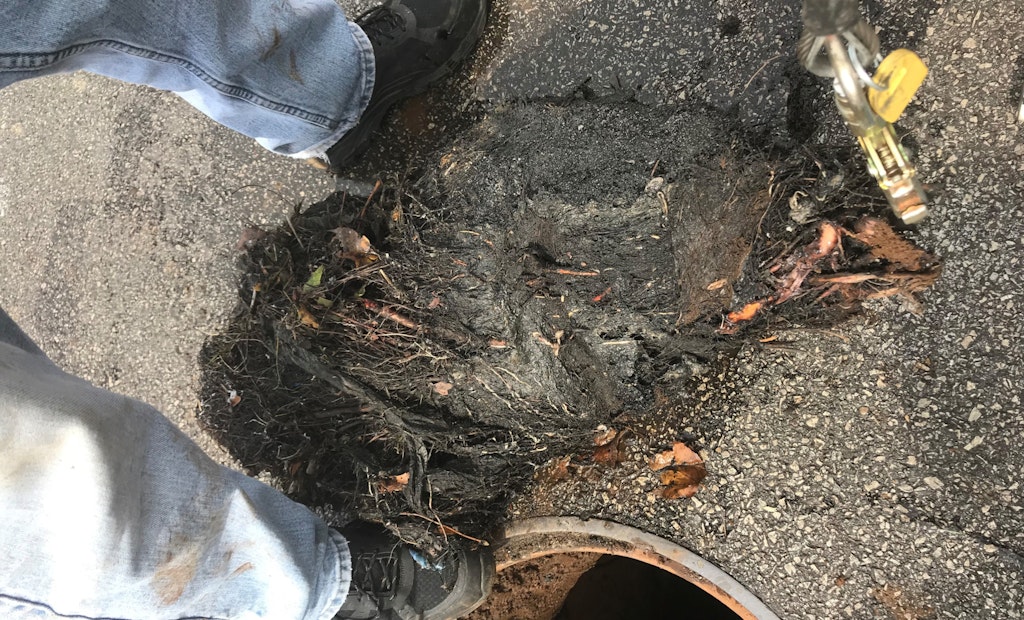
This root ball pulled from a South Bend sewer was named “The Blob” because it appeared to be trying to eat a worker’s foot.
Richard Radcliff loves his numbers.
“As a civil engineer, I’m all about measurement,” says Radcliff, combined sewer overflow operations manager for the South Bend (Indiana) Wastewater Department.
The numbers generated by a network of sensors (CSONet, hosted by Xylem Vue)...





